I don’t know anyone who doesn’t want to have strong and impressive arms. There’s a reason why the biceps and triceps are the most popular muscles among bodybuilders and fitness figures.
In this article, we put these muscles head to head, triceps vs. biceps. So if you are wondering about their strength and size ratios, or their anatomy or functions, we’re going to cover all that.
Some of the findings may surprise you. For example, did you know that it’s not just about the looks, but that your triceps and biceps also have a significant impact on your posture?
Finally, we’ll also talk about the most effective ways to train these muscles, whether at the gym or even if you work out at home.
Despite the triceps and biceps being smaller than most muscles, they are some of the first ones people notice. They also look great busting out of short sleeves.
Actions & Functions
Your biceps and triceps are located on opposite sides of your upper arm. When you pull with your biceps, your triceps take the day off, and vice versa. This partnership makes them what we call an antagonistic muscle pair. One is opposite to the other.

Here are some key differences:
- Each of your biceps contains two bundles of muscles known as heads. Your biceps have a short head and a long head.
- Your triceps have three heads (bundles), the long, lateral, and medial heads.
- Your biceps is a flexor. It’s in charge of pulling actions.
- Your triceps is an extensor. It’s in charge of pushing.
- Flexing your biceps bends your elbow, pulling your forearm closer to your upper arm.
- Flexing your triceps extends your elbow, pushing your forearm away from your upper arm.
You can check the actions of your biceps and triceps by feeling your upper arm as you move your forearm.
- Put your right hand under the nearest table, desk, or chair, and pull upward.
- Use your left hand to feel the muscles in your right upper arm. The biceps in the front of your upper arm should feel solid, and the triceps in the side and back should feel loose.
- If you put your hand on top of the surface and push downward, you’ll feel your triceps contract and your biceps go slack.
If you play a sport, you probably use your triceps a lot more than your biceps. Every time you push anything away from you, you have your triceps to thank. That includes throwing a basketball, serving a tennis ball, spiking a volleyball, and swinging a baseball bat.
The biceps come into play in sports when you pull things toward you. It’s important for catching a baseball or clutching a football to your body to protect it.
Keeping The Balance
All the antagonistic muscle pairs in your body have an important relationship. You should think of them as a team. Since they work together, you should work them out together or at least in balance.
If you work out your chest too much and your back too little, you can end up with a rounded back. This leads to poor posture, poor stability and poor overall strength. If you work out your hamstrings but not your quads, your legs won’t be as strong or coordinated as they could be.
The same applies to your biceps and triceps. Focusing too much on one and neglecting the other can make you look weird and give you all kinds of strength and coordination problems.
When dealing with these muscle pairs, it’s useful to think in ratios. Two important biceps vs. triceps ratios to keep in mind are the size ratio and the strength ratio. These are different because the strength of a muscle isn’t always directly tied to its size.
For some, it may be a shocker, but a bigger muscle is not necessarily a stronger one.
A smaller muscle may be mechanically stronger than its bigger antagonist because of an advantage in its location, and vice versa.
Triceps To Biceps Size Ratio
The average person has about the same size ratio in their upper arm muscles. This holds up in most cases whether the person is an avid athlete, bodybuilder, or even a couch potato.
Your triceps tends to occupy about 55% of your upper arm. Your biceps takes up about 30% of the size. A third muscle group called the brachialis takes up the more or less 15% that remains, and it is visible on the outside part of the upper arm (Stanford paper).
Your brachialis is mostly hidden under your biceps. You might be able to see it poking out between your biceps and triceps if you look at the side of your arm and flex. Even though it’s hardly visible from the surface, a bigger brachialis will make your arm looker bigger overall.
Here’s a handy tool to calculate what your average biceps size should be depending on your height and gender. You can use it together with the above size ratio to find out what your average triceps size should be.
Triceps To Biceps Strength Ratio
Because the biceps and triceps work as a pair, you don’t want either one to overwhelm the other. Their strength ratio should be about 1:1. This means you should be able to lift about the same weight pulling with your biceps as pushing with your triceps.
This logic applies to many of your antagonistic muscle pairs, although there are some exceptions due to certain joint attachments. The quads and hamstrings, for instance, have an ideal strength ratio of 2:3. Keeping your biceps and triceps at about a 1:1 strength ratio will help you prevent injury in bodybuilding, sports, and everyday life.
To hit this ratio, you may have to work out the smaller muscle in the pair a bit more. It’s also possible that you may have already overworked the smaller muscle to the point where it’s now stronger than the bigger muscle.
Whichever muscle is weaker in your case, make sure to work that one out first on arm day. It’s wise to dedicate your freshest energy to the muscle that has some catching up to do. You may also want to give it an extra set or two of reps.
An easy way to check the current strength ratio of your biceps and triceps is to compare your curls to your skull crushers.
- Load up a curl bar with enough weight to do between five and eight biceps curls.
- Curl that bar as many times as you can with good form.
- Write down your number.
- Rest a bit.
- Now see how many skull crushers, or lying triceps extensions, you can do with the same amount of weight.
It might not be exact, and each person is different, but you should be able to do about the same number of reps of each exercise.
Try to keep each muscle group’s gains about the same to maintain balance as you move forward. Here’s some more interesting information on keeping your strength ratios balanced.
Biceps & Triceps Can Affect Posture
Most people give much more attention to their biceps than they do to their triceps. They do more exercises, more sets, and push themselves harder on their biceps workout than they would for triceps.
But working our your biceps more than your triceps can create problems in your posture.
If your biceps are stronger than your posterior chain, your posture can begin to stoop or hunch. It will also be easier to injure your back, shoulders, and elbows.
Focusing on your biceps and neglecting your triceps can make your arms look shorter. In extreme cases, it can make your chest droop and encourage a slouchy, gorilla-like posture.
Training Your Arms (biceps, Triceps, Forearms)
Working out antagonistic muscle pairs on the same day is a great way to pack your session. You can keep your rest periods to a minimum by alternating between pulling and pushing exercises. These supersets are great for stimulating muscular hypertrophy, which will put your arms on the fast track to massive growth.
In the beginning, training your biceps and triceps together can make your arms feel like dead weights the next day. Make sure to get plenty of rest and nutrition, and they should bounce back within about 48 hours.
Arms respond well to both weight training and cable machines. However, you can still make your arms grow even without equipment. You can work out your biceps and triceps at home using bodyweight only exercises. If you want more resistance, you can also make your own equipment, like DIY weights made with household items, a homemade pulley. Another option is buying some low-cost resistance bands.
Biceps and triceps are small enough that you can hit them hard using simple pushups, pull-ups, and plank-based exercises with good form.
As a side note, it’s also important to do some forearm exercises from time to time. If you want a strong grip, it’s all about forearm strength. Having strong forearms can also help prevent injuries in your fingers and wrists.
Grip strength is essential in everyday life and many sports. It can affect your bodybuilding routine as well. If you don’t have enough grip strength to get a good hold on your bar, handle, dumbbell, or resistance band, you won’t be able to lift as much weight. This will affect your overall muscle mass.
Final Words
A balanced set of massive arms can do wonders for your confidence as you walk down the street. It’ll also increase your strength and athleticism. Most amateurs give more attention to biceps than triceps, but it’s much wiser to work both of them equally hard.
More muscle mass in your body improves your endurance, reduces the chances you’ll get injured, and kicks your metabolism into high gear. Have a great arm workout!

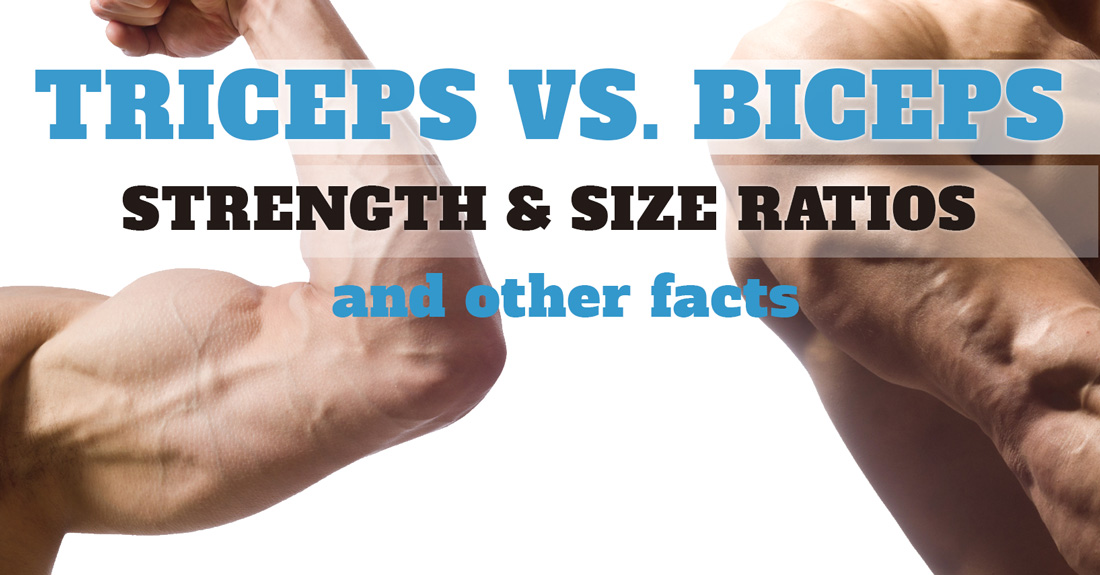
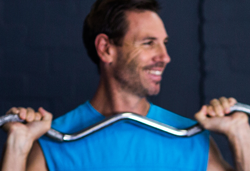


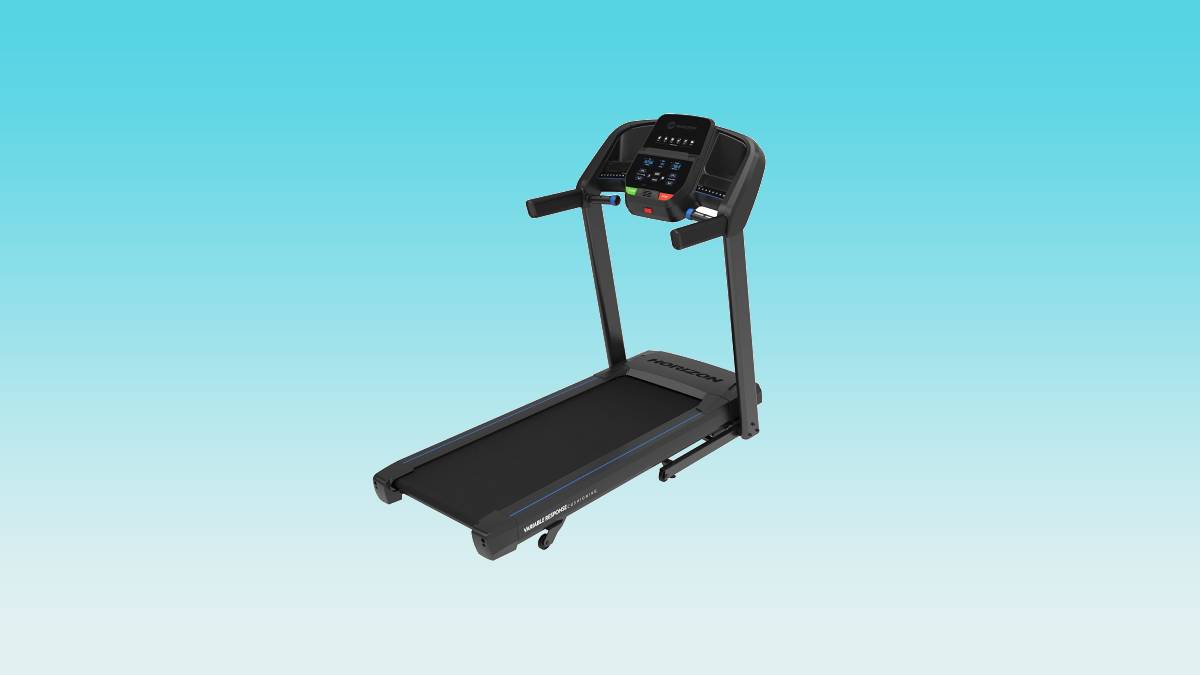
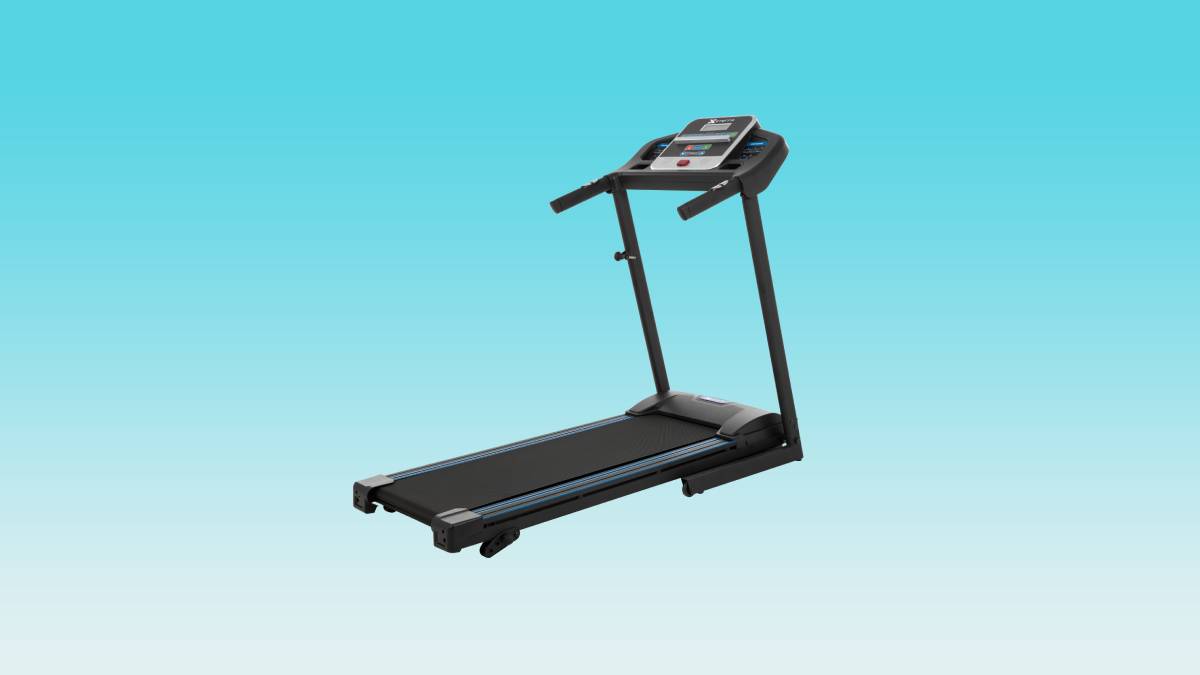
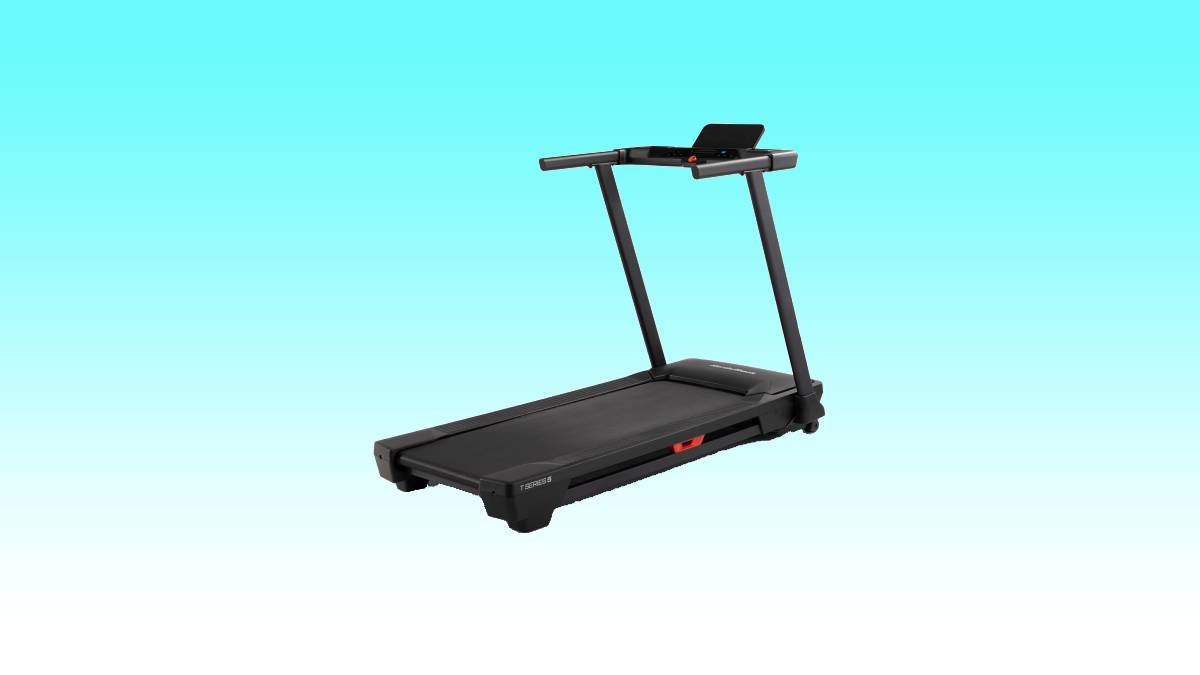
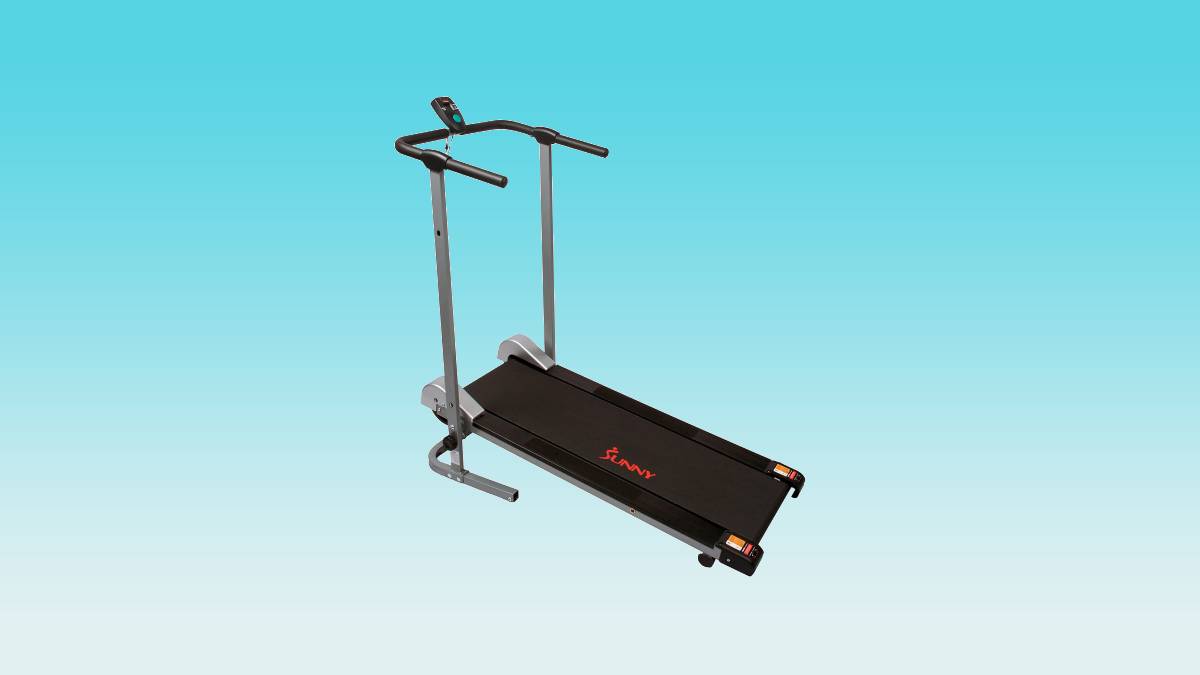
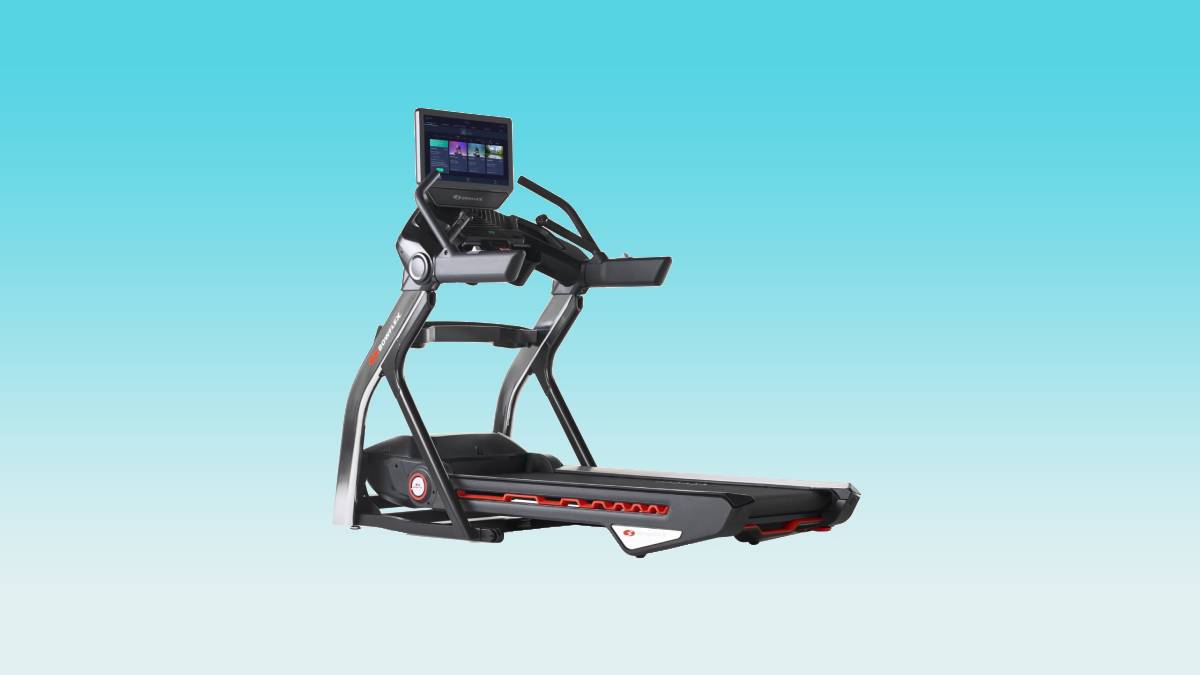
Leave a Reply